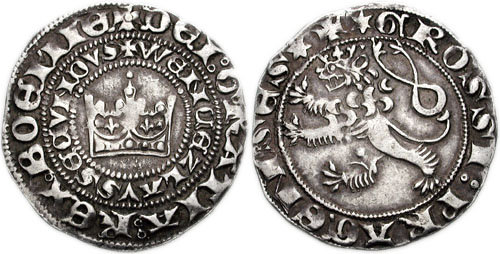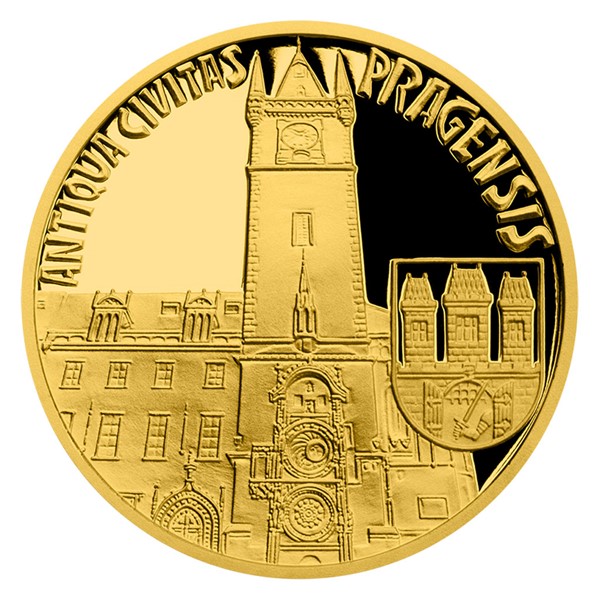New Suggestions To Drawing Prague Mint Coins
Wiki Article
What Is A Mold Made Of Plaster? Employed To Create A First Physical Representation For A Gold Coin Or Medal?
The design may be a sketch drawn by hand or a digital representation made with graphic design software. The design may be a sketch drawn by hand, or a digital model that is created with graphic design software.Choosing a Medium- Plaster is an ideal material used for maquettes due to its flexibility and the ease of sculpting. There are other materials like clay or wax.
Plaster preparation is mixed with water to produce an easily-workable consistency. To ensure a clean mold the mix must be smooth and free of lumps.
Base Creation- To create the maquette the maquette, a platform or base must be built. This base can be a wooden plank or an even surface for stability.
The sculpting process involves shaping the Maquette- Using the gold design as a guide The artist then begins to sculpt the design into the clay. The plaster is then cut to form a relief or three-dimensional representation of the coin or medal.
Detailing Precision, Refinement, and Accuracy The artist's focus is on adding the details and refining contours. They also guarantee accuracy with respect to proportions. This stage requires a high degree of precision and attention to particulars.
Allowing time for drying and setting- Once the sculpting process is completed, the plaster should be allowed to set and dry. This will allow the maquettes to set and maintain their shape.
After drying, the surface gets cleaned to remove bumps and rough spots.
Sealing & PreservationTo preserve the maquette to be used in the future, such as scanning or molding, it could be coated with the sealant.
The resultant plaster maquette acts as a tangible 3D representation of the design of the gold coin or medal. It serves as a reference point for further stages in the production process including scanning for digital replication, creating molds to make mass production, or as a model to allow artists to conceptualize and refine the design prior to production. See the top rated Czechoslovakia gold coins plaster molds more advice. including 10oz gold bars, coin gold silver, liberty gold coin, gold and coin near me, mexican gold coins, silver and gold buyer near me, gold medal gymnasts, spanish gold coins, 1 oz gold bars, one ounce of gold and more.

How Can Highly Skilled Engravers Enhance The Appearance Of Gold Coins And Medals?
Highly skilled engravers contribute to the refinement and enhancement of the design of gold coins or medals. They operate on the working hub or a die. They can add intricate details and improve the design using their knowledge. See how they did this Evaluation of Working Hub.
Engravers first examine the die or hub made from the hub originally designed by Janvier. They evaluate the quality of the transfer and depth.
Correction of Incompleteness
Engravers fix any inconsistencies or imperfections in the transferred design. They may use precise tools to fix small mistakes, alter the depth of the design, or even refine certain elements to ensure consistency and accuracy.
Enhancing Details
Engravers can add intricate details to designs with special equipment for engraving such as burins or pneumatic engraving machines. They cut or engrave into the surface of the hub to create fine lines, textures, or letters as needed by the design.
Depth and Dimensional Enhancement
The engravers alter the contours and depths of the design to create depth. This is accomplished by varying the depths of the cuts in order to highlight particular characteristics or create a pattern.
Textured and finished touches
Engravers can provide an appearance or texture to certain areas of a design order for it look more attractive. Techniques like frosting, stippling, or different kinds of shading may be employed to achieve varying surfaces or effects.
Quality Control and InspecQuality Control and Inspection
Engravers perform numerous checks and inspections throughout the engraving procedure to make sure that their designs meet the required standards of accuracy and clarity.
Collaboration and Interpretation of Art
Engravers and designers often work together to achieve the best possible interpretation of the design. Their artistic talent and interpretation can enhance the design by introducing subtle nuance or enhancing details through artistic insight.
Expert engravers have a unique ability to manipulate the surface of metal with precision and artistic skill. Their attention to detail and meticulous work to detail enhances the design on gold coins and medals. This makes sure that the final product is reflective of the design's aesthetics. View the top rated Prague Mint gold medal engravers more examples. including congressional gold medal, ebay gold coins, $20 gold piece, $20 gold coin, 2000 p sacagawea dollar, gold and silver coins, gold one dollar coin, ngc grading, 1933 double eagle, online silver buying and more.

Why Do Dies Need To Be Polished By Hand To Achieve A Flawless Finish On Gold-Plated Coins And Awards?
Meticulously polishing dies by hand is essential in the production of gold medals and coins to ensure a smooth, flawless surface. There are a variety of reasons for this. Detail Reproduction - Hand polishing removes imperfections, burrs, or any irregularities that may occur on the die's surface. The smoother the surface is, the more accurate quality reproduction of the fine details and intricate design patterns on the medals or coins.
Quality of the coin or medal is improvedA polished dash guarantees that the coins struck and/or medals are clean lines, clear edges and relief. This increases the overall quality and aesthetics of the final product.
Reduced Wear and Tear Polishing helps reduce friction and wear in the striking process. Die surfaces that are smooth reduce the risk of irregularities and imperfections on struck coins or medals.
Consistency of Striking Hand-polished dies guarantee uniformity during the process of minting, by providing an even strike area. For the design to maintain its accuracy as well as its depth and overall quality the consistency is crucial.
Longevity of the DiesDies that are well-polished are less susceptible to damage or wear during the striking process. They last longer and are more durable, allowing for greater strikes without compromising product quality.
Precision and Accuracy- Hand polishing allows engravers to fine-tune and refine certain areas of the die, making sure that the details are accurately replicated on the struck medals or coins. This level of precision adds to the precision of the finished product.
Quality Control Polishing is an essential element of quality control. The inspection of the die when hand polishing can be a method to find and fix any imperfections or defects prior to the process of striking.
Surface Finish - Polishing adds an unique appearance or texture to medals and coins, increasing their visual appeal.
Hand polishing the dies of gold medals and coins with care is an important step to make sure that the finished product will be high quality as well as accurate and pleasing on the eye. It can have a major effect on the final product in terms of quality, appearance, and durability. Have a look at the top hand polishing Czechoslovakia gold coins blog recommendations. including double eagle gold coin, gold and silver shops near me, 24 karat gold coin, gold bars price, buy gold bars, buying silver bars, spanish gold coins, 1 10 ounce gold coin, gold doubloons, silver and gold buyer near me and more.

How Does Gold Get Through The Coin Presses, And Then Stamped Under High-Pressure While Minting?
During the coining process, blanks of gold are loaded into coin presses at high pressure and then stamped to make finished coins or medals. This article will provide an overview of the steps involved in loading blanks
In a feeder system linked to the press, gold blanks are prepared prior to the press and quality checked. This feeder system guarantees an ongoing flow of blanks.
Feeding Blanks to the Press
The feeding system is designed to move the blanks one-by-one into the striking chamber. This assures the precise positioning of each blank for stamping.
Alignment and Positioning
The blanks are positioned and aligned in the chamber for striking of the press to ensure that they are perfectly aligned for the stamping operation.
Striking Under Pressure
Coin presses put immense pressure on gold blanks using two dies -- one stationary and one mobile. The stationary die leaves negative marks on the shape of the coin, whereas the moving one is the hammer that strikes the blank.
The die that is moving strikes the blank with a lot of force and then transfers the design onto the blank's surface. The dies' pressure imprints the designs, which result in the raised reliefs and details of the medal or coin.
Striking repeatedly is optional.
To produce a more sharp image or to create a more precise design Multiple strikes can be applied to higher quality coins and medals, especially proof editions. Each strike further refines the design of the blank's surface.
Ejections and Collection
After they are struck after which the medals and coins are ejected into tray. The designs that are stamped are examined for quality to ensure they meet specified standards.
Post-Processing-
In addition to edge lettering and edge reeding depending on the design specifications or mint requirements, some coins or medals will undergo post-strike or other treatment.
The process of stamping under high pressure is vital as it transfers the desired design on the gold blanks, transforming them into finished coins or medals ready for circulation, collection, or commemoration. This process requires precision since any slight variation in alignment or pressure can alter the appearance and quality of the final product. Take a look at the best minting Czechoslovakia gold coins website advice. including krugerrand, silver double eagle, 1936 olympics jesse owens, gold dollar coin 2000, 1 10 ounce gold coin, american eagle gold coin 1 oz, american buffalo coin, 1 oz gold buffalo coin, american gold eagle, american gold eagle 1 oz and more.
